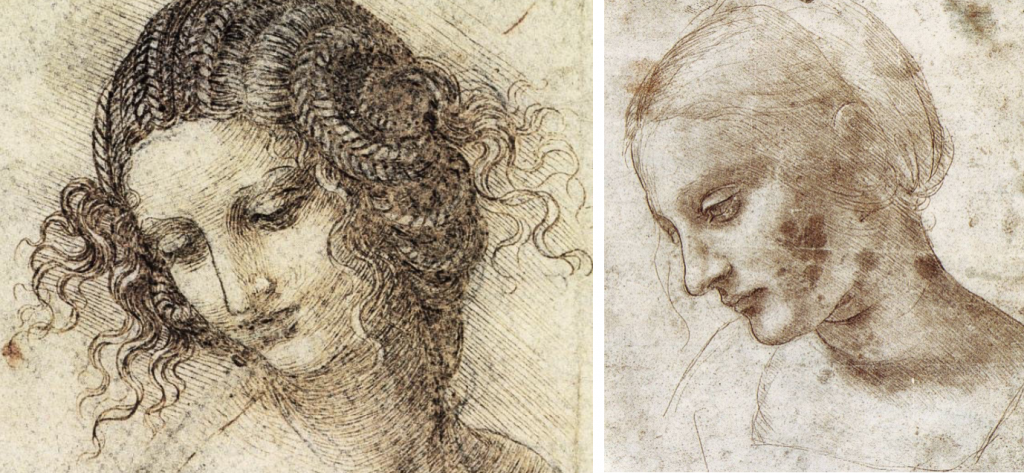da Vinci and the Renaissance 2019 (Italy) Dashboard
Description
 Led by Prof. Dino Franco Felluga (felluga@purdue.edu), da Vinci and the Renaissance is a fully cross-disciplinary study-abroad program that explores the transition from the medieval period to the Renaissance across multiple subjects (art, architecture, engineering, science), thus laying out how much of what we take for granted today about technology or about the human subject were implemented in this rich period, especially in Italy. The focus for the course will be that most famous “Renaissance man,” Leonardo da Vinci. The course’s interdisciplinary approach asks students to think about the constructed nature of the things we take for granted as “natural” (e.g., time, space, human subjectivity, meaning, sight, knowledge, and law), thus opening our eyes to the significance of cultural differences.
Led by Prof. Dino Franco Felluga (felluga@purdue.edu), da Vinci and the Renaissance is a fully cross-disciplinary study-abroad program that explores the transition from the medieval period to the Renaissance across multiple subjects (art, architecture, engineering, science), thus laying out how much of what we take for granted today about technology or about the human subject were implemented in this rich period, especially in Italy. The focus for the course will be that most famous “Renaissance man,” Leonardo da Vinci. The course’s interdisciplinary approach asks students to think about the constructed nature of the things we take for granted as “natural” (e.g., time, space, human subjectivity, meaning, sight, knowledge, and law), thus opening our eyes to the significance of cultural differences.
We finish in the last days of the course by flash-forwarding to our present century so we can consider not only how Renaissance thinking made possible a number of present-day developments (robotics and computing, for example), but also the myriad ways that we are now seeing a cultural, ontological, and epistemological shift that is as far-reaching as the one between the medieval period and the Renaissance. The Peggy Guggenheim Museum and the Venice Biennale will provide us with our artistic examples of so-called “postmodernism.”
Galleries, Timelines, and Maps
There is no content in this group.
Individual Entries
The Marches, or Marche, is a region in central Italy. It was one of the regions that Cesare Borgia sought to control, hoping to extend the Papal State to this area. One way he thought he might be able to extend his control here is through the use of inventions by da Vinci. Its major boundary between the Marches and its neighbor on the west is watershed between the Tyrrhenian and Adriatic slopes. It is also bounded by the Adriatic Sea.
Works Cited:
The Editors of Encyclopaedia Britannica. “Marche.” Encyclopædia Britannica, Encyclopædia Britannica, Inc., 28 Apr. 2011, www.britannica.com/place/Marche-region-Italy.
Mallett, Michael Edward. “Cesare Borgia.” Encyclopædia Britannica, Encyclopædia Britannica, Inc., 28 Mar. 2019, www.britannica.com/biography/Cesare-Borgia-duke-of-Valentinois.
Romagna, or Emilia-Romagna, is a region in north-central Italy. It was one of the regions that Cesare Borgia sought to control, hoping to extend the Papal State to this area. One way he thought he might be able to extend his control here is through the use of inventions by da Vinci. The region of Romagna extends from the Adriatic Sea across almost the entire peninsula and is bounded by the Po River to the north and the Ligurian and Tuscan Apennines to the west and south.
